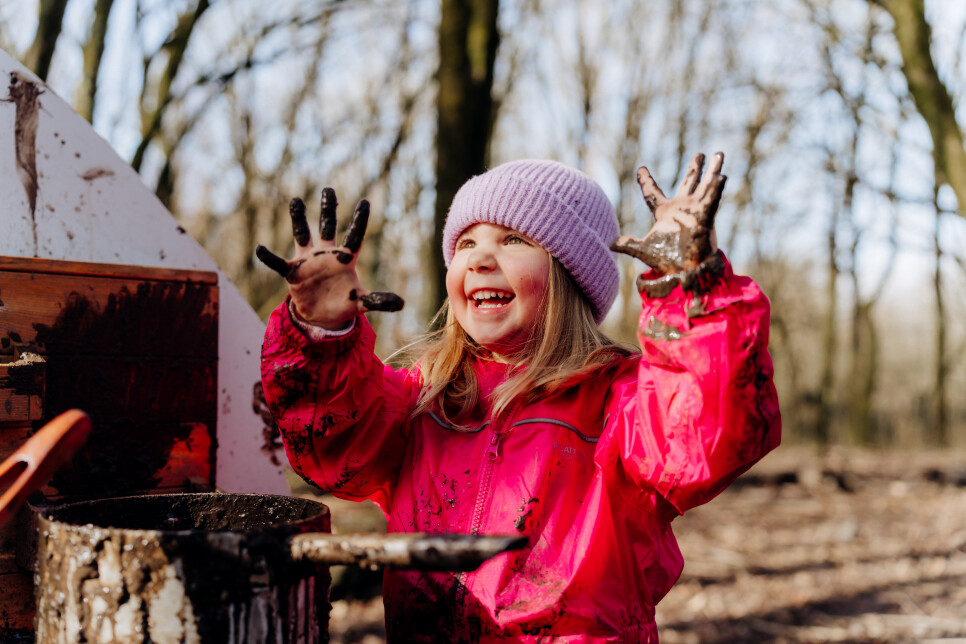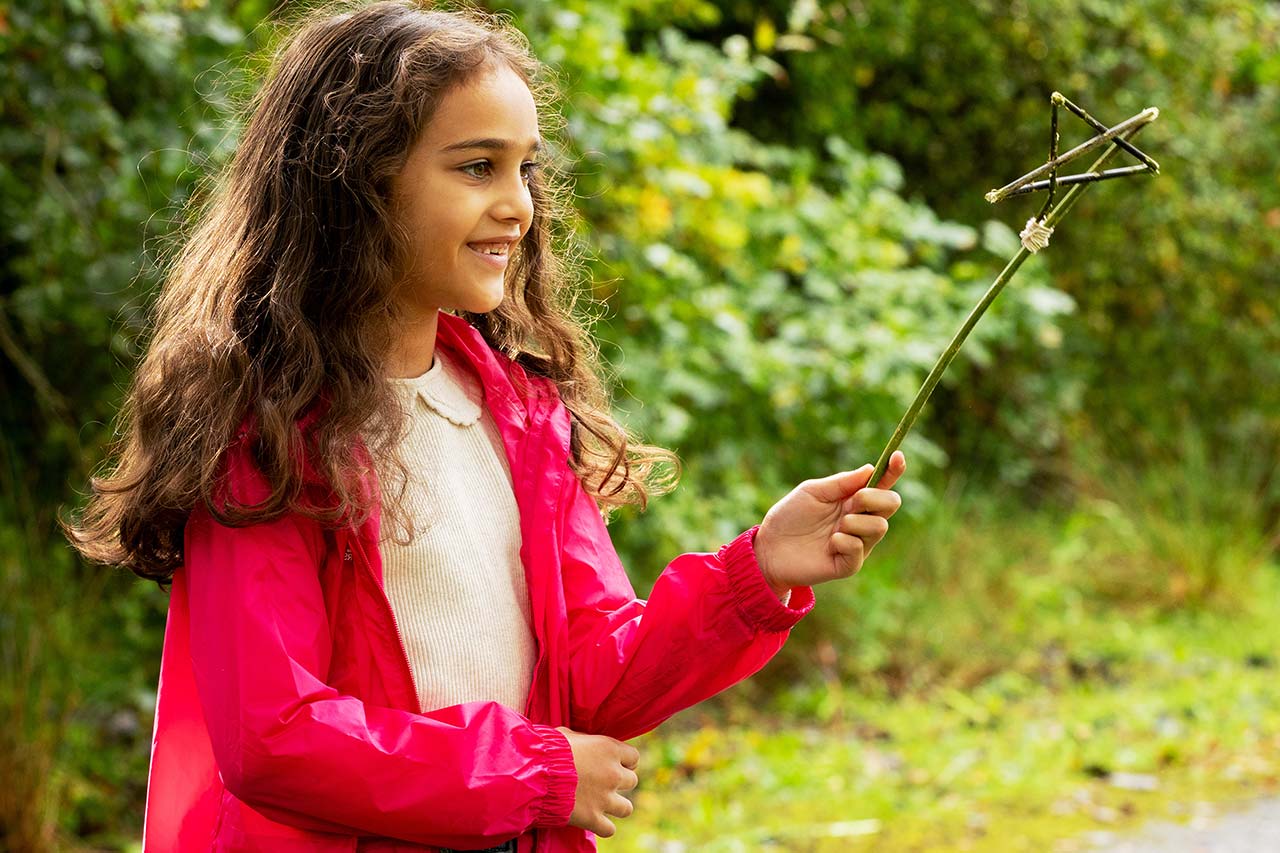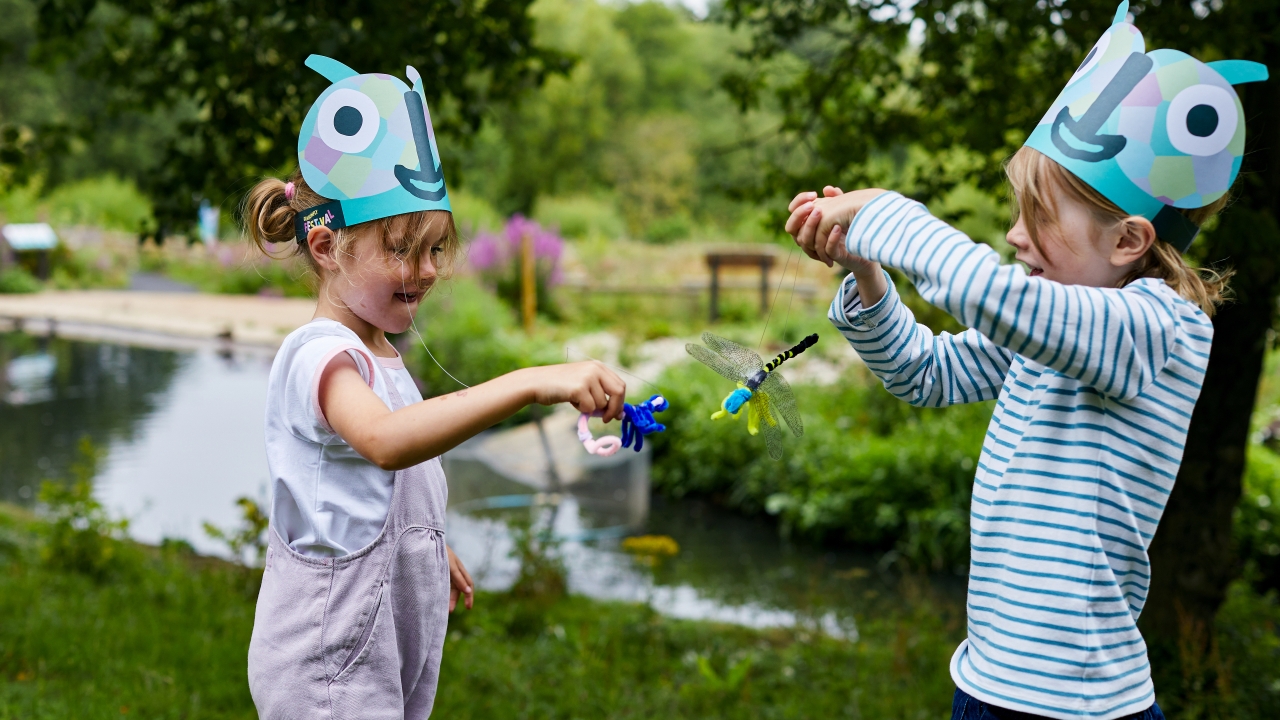Duck Detectives: how to be a wetland nature PI this April
Read our top tips for rookie nature detectives. Swot up and find out how to use all of your senses to solve the mystery and help us find our missing duck. Put your new skills to good use and become a Duck Detective this Easter!

Join us for a family day of exploration and discovery that will put all of your senses to the test and help you develop your nature detective skills this spring.
Psssst! One of our ducks has gone missing, and we need your help. We don’t even know what kind of duck it is; we’ve looked everywhere but can't find it.
We’ve narrowed the list down to a few species. We think it might be hiding somewhere in the wetlands, but we need your help!
You might be a rookie, but we know talent when we see it.
Read up on the training notes and get back to us when you’ve got some leads. Good luck!
Don’t be afraid to get close
To succeed as a Duck Detective and complete the Easter trail, you’ll need to get closer than ever to nature. It’s time to investigate underwater mysteries, follow tracks to work out who’s been creeping around at night, and use everything from bird calls to poo to reveal wildlife secrets only a true Duck Detective knows.

Advanced training: Special underwater suspect line-ups every day at 1pm with Pond Explorers
Location: Pond Zone
Identify your suspects
Wetlands are especially special places for nature detectives, with a huge variety of plants and animals calling them home.
Use your observation skills to scour the scene for minute details like plants, leftover meals and footprints.
Look for animal tracks. Animal tracks can be found in the mud. Use your imagination to figure out what kind of critter made the tracks.

Size – the size of the footprint can give you a clue as to the size of the animal that made it.
Shape - footprints with three toes are often from birds, but can you notice webbing marks or claws? Footprints with five toes are normally from mammals.
Depth - the depth of the footprint can also give you a clue as to how heavy the animal is. If the footprint is very deep, it could be from a human, while a shallow footprint could be from a bird.
Location - the location of the footprint can also give you a clue as to the type of animal that made it. For example, footprints in mud near a pond could be from a duck, while footprints in mud near the café could be from your mum or dad!
For a bird’s-eye view of the saltmarsh, head up to the Viewing Tower and take a look through our telescope. What can you see? Is the tide close, or far away? Can you see all the way across the estuary? Imagine what birds can see as they fly above our heads.
We really do live in a beautiful part of the world.
Silent witnesses
Plants can be good witnesses, and wetlands are home to loads of different kinds. Look for disturbances on the ground. Has somebody walked over the early flowers that bees and pollinators depend on for food at this time of year? We hope not!

Can you see any leaves with little holes anywhere? Maybe an insect was here recently, filling up on a veggie meal before crawling off to find its friends.
Bigger creatures can cause more noticeable damage to plants. Can you see any white or pale yellow parts on trees or shrubs? These could be damage caused by something or someone brushing roughly past, or snapping off a piece of twig.

Some plants make great homes for wetland wildlife. Look up in the trees and see if you can notice any nests. It’s spring, so the animals are building homes and raising their babies. Observe, but keep your distance so you don’t frighten anyone. Respect and care are essential skills for a Duck Detective to have!
Sound it out
Close your eyes and listen carefully. Wetland animals make a variety of sounds, including calls, honks, quacks, chirps, and even grunts. Listen again, how far away do you think these creatures are? Can you imagine what they’re saying?
Our birds produce an amazing array of quirky and unique sounds. They’re communicating in their own language! How many different accents can you hear?

Birds communicate for all sorts of reasons - just like us! From elaborate loud songs and mating calls to show how fit and healthy they are, to talking to their youngsters to warn them of danger. They also use their voices to defend their territory and sound the alarm if there’s a threat nearby.
The duck is in the details
Don’t just look at the obvious.
Study the ground for feathers, fluff, shells, seeds and poop. Duck poop tends to be green, and very messy, so watch out!

Rule out any red herrings. A red herring is something that looks like it might be important, but it's actually not. For example, a piece of rubbish might look like a footprint.
Bonus points for any rookie who picks up a piece of litter if they spot it (and only if it’s safe to do so!). Litter is an awful problem for our environment and wildlife. A good nature detective never leaves trash in the wild.
Have you noticed any minibeasts in the area? Woodlice, ants, snails, worms, ladybirds? They work hard to keep the wetlands healthy and make good meals for many of our potential missing ducks. Check your case file to see what our suspects eat, and you can narrow down your search.

Advanced training: Marvellous Minibeasts session every day at 11 am.
Location: Pond Zone
Ready to visit?
Find out more and plan your visit online.



